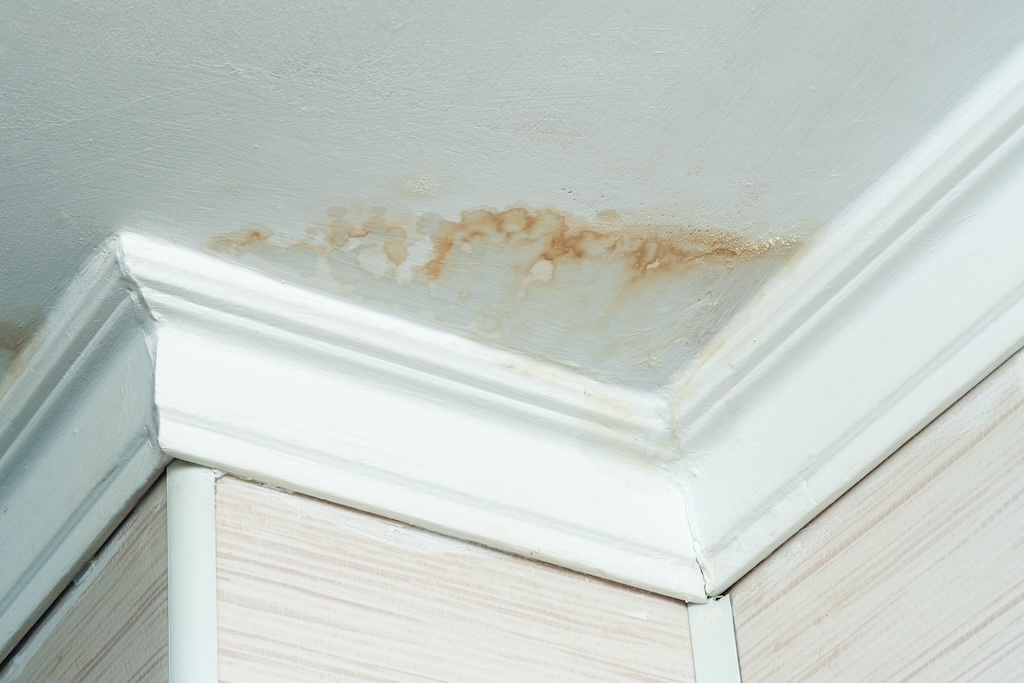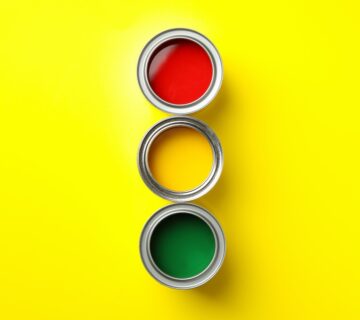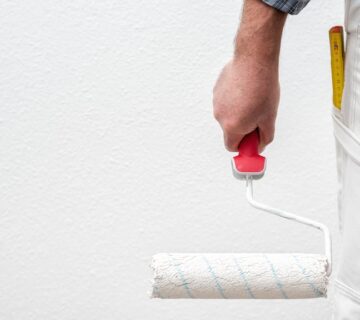A fresh coat of paint is not just about aesthetics; it’s a crucial aspect of home maintenance that contributes significantly to the upkeep of your property. However, paint doesn’t last forever, and recognizing when it’s time for a repaint is essential for keeping your home in excellent condition. Over time, various signs can indicate the need for a new paint job. In this blog, we will discuss key indicators that suggest it’s time to repaint your house, thereby helping you maintain its beauty and structural integrity. Staying vigilant about these signs ensures that your home not only looks great but also remains protected against environmental elements.
Fading Paint
One of the most apparent signs that it’s time to repaint is fading paint. Continuous exposure to the sun can cause the color of your paint to fade gradually, especially for darker shades which are more susceptible to UV light degradation. If you notice that your house’s exterior has lost its vibrancy or if the color looks uneven and washed out, it’s likely time for a new paint job. This not only restores the visual appeal but also ensures that the protective layer of the paint remains intact. Fading not only detracts from the aesthetic appeal of your home but also may signal that the protective qualities of the paint are compromised.
Peeling or Cracking Paint
Peeling or cracking paint is a definitive sign that the existing paint layer is failing and no longer providing the necessary protection your house requires. This issue extends beyond mere aesthetics; it can lead to further damage as exposed wood or other materials become more vulnerable to environmental elements like moisture and pests. When paint begins to peel or crack, it is crucial to act quickly to prevent potential structural damage. These visible signs often indicate that the paint can no longer shield your home from weather elements effectively. Addressing this early can save on more extensive repairs down the line.
Chalking
Chalking is another indicator to watch for. This occurs when the paint begins to break down, leaving a fine chalky residue on the surface. A simple test for chalking is to run your hand over the painted surface. If it leaves a powdery residue on your hand, this signifies that the paint is deteriorating and needs to be replaced. Chalking not only affects the paint’s appearance but also its ability to protect the underlying materials, potentially exposing your home to damage without the necessary protective barrier.
Mold, Mildew, or Water Stains
The presence of mold, mildew, or water stains on your paint can also indicate underlying issues, such as moisture damage. While cleaning can temporarily remove these blemishes, it is crucial to address the root cause to prevent recurrent problems. Repainting after resolving moisture issues helps protect the surface from further damage and restores the aesthetic of your home. Additionally, tackling these problems head-on can prevent health risks associated with mold and mildew, making your home safer and more comfortable for everyone.
Hardened Caulk
Caulk is essential for sealing joints and preventing water infiltration, which helps maintain the structural integrity of your home. Over time, caulk can lose its elasticity and become hard and brittle. If you notice that the caulking around windows, doors, or other joints is no longer flexible, this is an opportune time to consider repainting and re-caulking to ensure these areas are well-protected against leaks and external elements. Properly maintaining caulk can prevent expensive water damage and improve the energy efficiency of your home by sealing air leaks.
Wood Rot
For homes with wooden components, it’s important to keep an eye out for signs of wood rot. Soft or crumbly wood, especially in areas close to the ground, can be an indicator of rot. Addressing any rot and repainting the affected areas can protect the wood from further deterioration and help maintain the structural stability of your home. Catching wood rot early and addressing it quickly is vital to preventing extensive damage that could be costly to repair. Moreover, a fresh coat of paint after repairs can help seal the wood against future moisture intrusion.
Time Since Last Paint Job
Even if your paint appears to be in good condition, it’s important to consider the time since your last paint job. Generally, a home should be repainted every 5 to 10 years, depending on the quality of the paint, climate conditions, and the type of materials used in your home’s construction. Keeping track of this timeline can help you plan maintenance before issues become visible. Regularly updating your paint can also keep your home looking modern and well-cared for, potentially increasing its market value.
Final Thoughts
Regularly repainting your house is crucial for maintaining both its aesthetic appeal and structural integrity. Being proactive about repainting can prevent more significant and costly damages in the future. Paying attention to signs like fading paint, peeling or cracking, chalking, mold or mildew issues, hardened caulk, wood rot, and the overall timeline since the last paint job are all critical in determining the right time to invest in a new coat of paint. Address these issues promptly to ensure that your home continues to look its best and remains well-protected year after year. For more tips on home maintenance and painting, visit our website at sisupainting.com and explore our blog at sisupainting.com/blog.





No comment